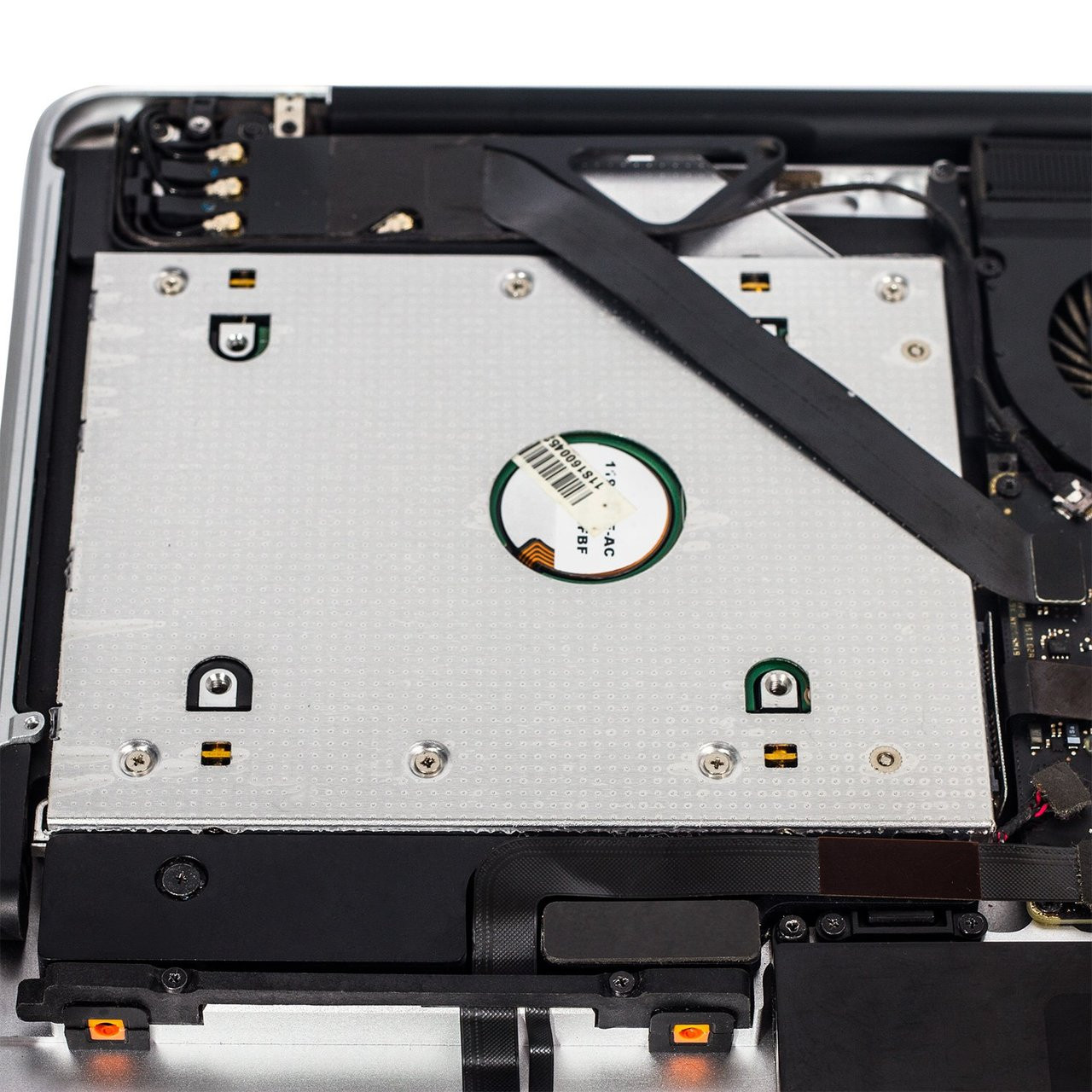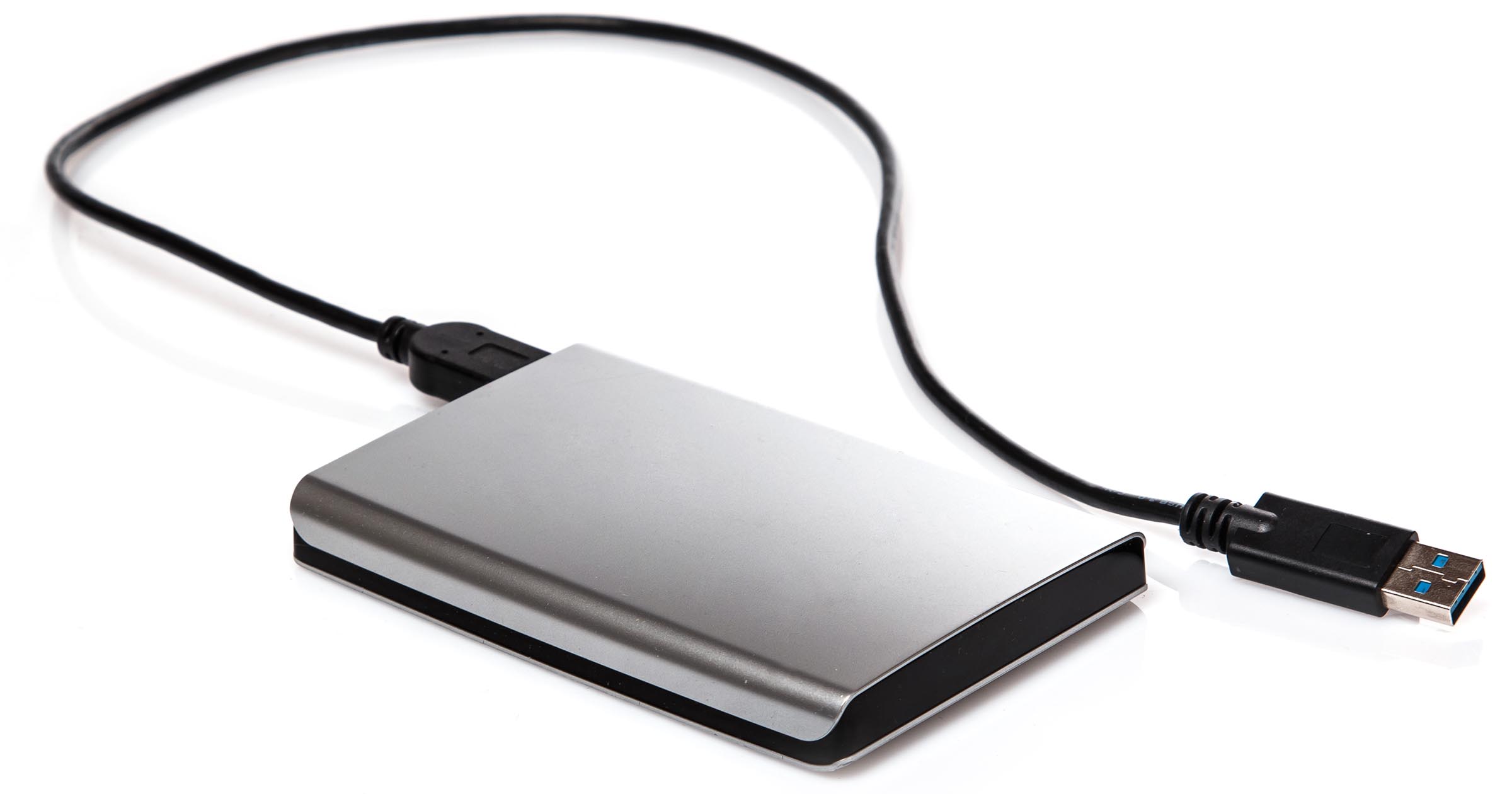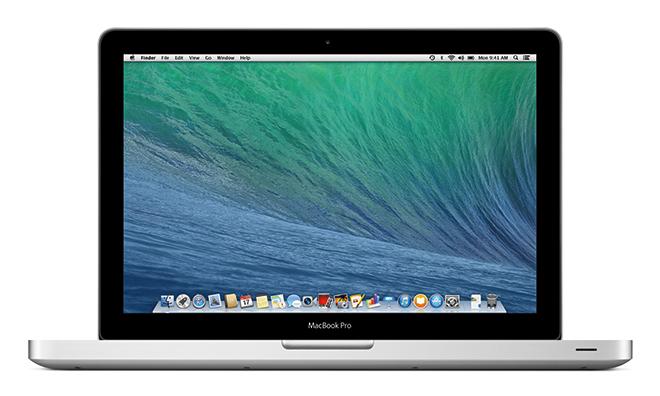
In the case of an intermittent generic failure, the electrical continuity of a cracked trace on both sides of the crack is very often a function of the temperature of the unit at the point where the crack exists.

They can be damaged quite easily if the unit is mishandled during assembly or re-assembly. This type of cable can experience cracks in traces due to aging, heat, vibration, impact and abrasion.

Internal cables are actually not cables but flexible circuit boards, usually mylar, with printed circuit traces taking the place of wires. The SSD puts more "strain" on the SATA cable. These forums are choke full of people swapping out the HD for SSD and then wondering why it is not working or failing. I can say that it is standard procedure when Apple changes a HD in a in-store repair, by default they always change the SATA cable at the same time. You can read more here: How to create a boot cloneĪ new SATA cable is a nominal expense comparatively. Is there any way to Carbon Copy the existing HDD to the new SSD before swapping it? It should then boot up as before? Why replace the SATA cable?īy all means- that is the way I would do it. Here's a photo showing two of these screws on one side of a hard drive:

You would need a T6 Torx screwdriver to remove and reinstall these screws. Even if there's extra space it should hold the drive in place via these pegs. These provide four "pegs" for the mounting bracket to clamp on. You would need to transfer over (or get new) drive mounting screws that go in four holes on the side of the drive. Most SATA SSDs are 7 mm thick, although your HD could be the older 9.5 mm thick variety. If you're asking about a SATA SSD where your hard drive used to be, then yes it goes straight in. I wouldn't recommend gluing or taping a drive in place.Įdit: Sorry about my confusion (need more coffee).

There are simple adapters that only reroute the electrical connections, but you wouldn't be able to install a 2.5" SATA drive loose in a MBP without it likely to be damaged from all that shaking. They're electrically compatible as long as the pins are routed correctly using an adapter. It would require a "caddy" to physically mount it and to provide an adapter from the slimline SATA optical connector to the 2.5" SATA connector. Thanks for the advice, will the SSD fit straight into the HD bay?


 0 kommentar(er)
0 kommentar(er)
